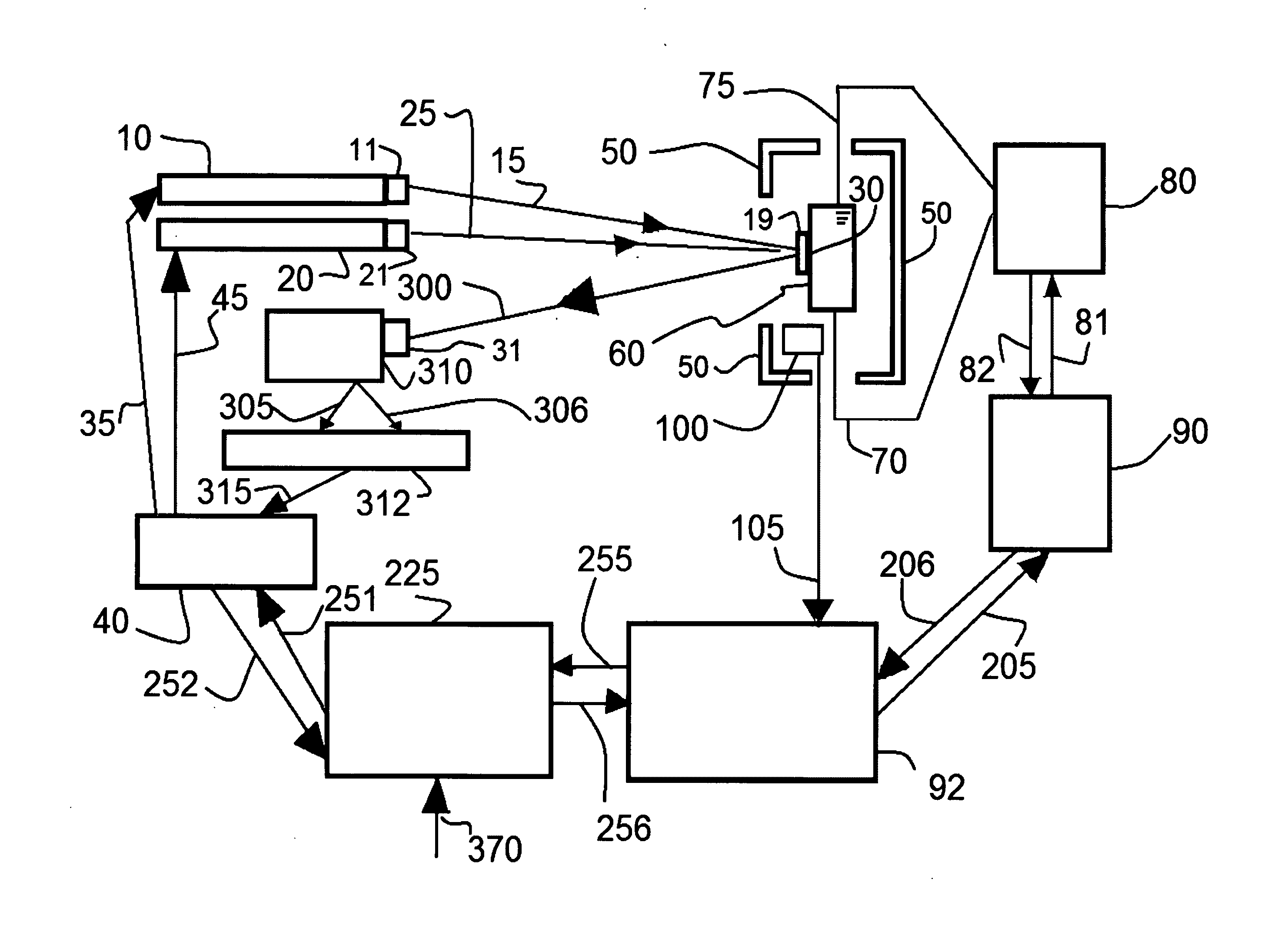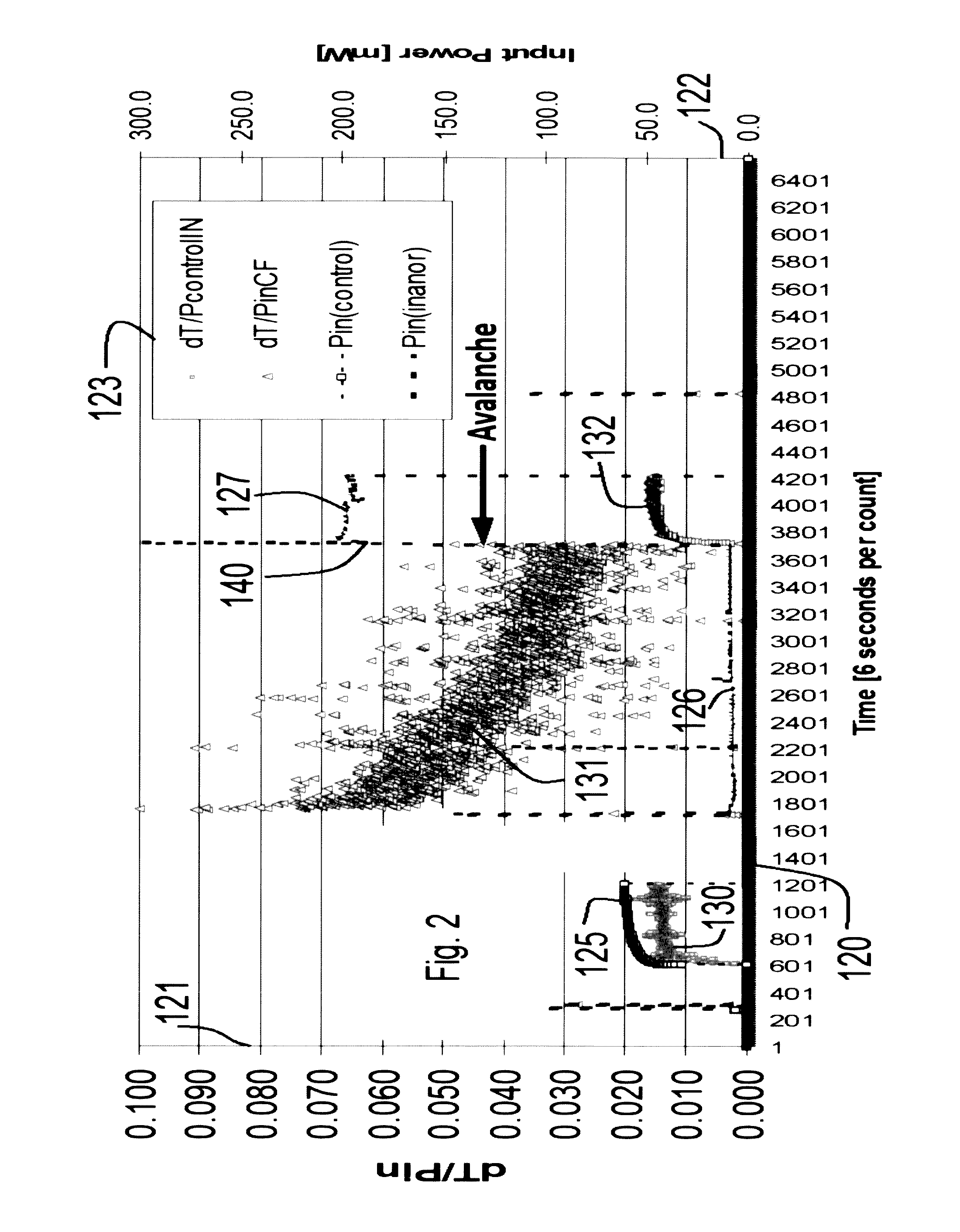Machine to detect Phonon Gain to Control Desired Reactions in an Electrically Driven Hydrogen Loaded Material
a technology of phonon gain and desired reaction, which is applied in the direction of nuclear engineering, greenhouse gas reduction, nuclear reactors, etc., can solve the problems of not being true, no single error or combination of errors on the part of all scientists can explain the development, and the occurrence of nuclear reactions in deuterium-loaded solids such as palladium and titanium cannot be reasonably denied. , to achieve the effect of improving the visualization of undesired reactions
- Summary
- Abstract
- Description
- Claims
- Application Information
AI Technical Summary
Benefits of technology
Problems solved by technology
Method used
Image
Examples
Embodiment Construction
[0147]The detailed summary will now be explained through the claims, and figures and original specification. Turning now to the figures. In accordance with the teachings of the present invention, FIG. 1 shows a schematic block diagram of the above entitled invention which lists the subunits, and significant control points of light, energy, information and electrical flow. Shown are two lasers (labeled number 10 and number 20) which are capable of illuminating a target (labeled 30) which is located on the surface of a sample of interest (labeled 60).
[0148]The lasers produce two optical beams of coherent radiation (labeled 15 and 25). Optics for collimation, beam direction, band pass, and the like are shown, and labeled as 11 and 21. Those two optical beams overlap, and as a control do not, at the sample's surface, at a chosen target location (labeled 30) and, at a location where thereafter they interact with said sample (60). A geometric lens, and the like, (labeled 19) optionally ca...
PUM
 Login to View More
Login to View More Abstract
Description
Claims
Application Information
 Login to View More
Login to View More - R&D
- Intellectual Property
- Life Sciences
- Materials
- Tech Scout
- Unparalleled Data Quality
- Higher Quality Content
- 60% Fewer Hallucinations
Browse by: Latest US Patents, China's latest patents, Technical Efficacy Thesaurus, Application Domain, Technology Topic, Popular Technical Reports.
© 2025 PatSnap. All rights reserved.Legal|Privacy policy|Modern Slavery Act Transparency Statement|Sitemap|About US| Contact US: help@patsnap.com



